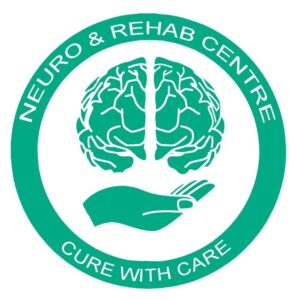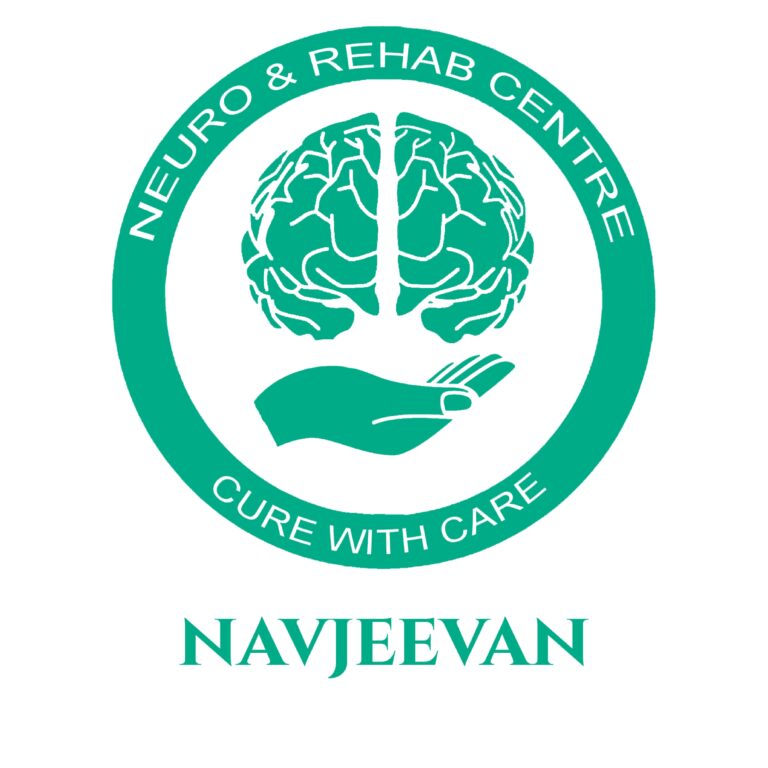Autism Spectrum Disorder (ASD) presents a complex web of challenges and strengths, each unique to the individual. A prevalent issue among those with ASD is difficulty in processing sensory information. This is where the role of Sensory Integration (SI) therapy, a pillar in occupational therapy practices, comes to the forefront.
Sensory Integration therapy addresses the way an individual with ASD receives and processes sensory stimuli from their environment. Imagine being overwhelmed by the texture of your clothes, the hum of a refrigerator, or the bright lights in a room. For many with ASD, such sensory experiences can be incredibly intense or, conversely, too muted.
Occupational therapists (OTs) specializing in SI therapy craft tailored sessions to aid those with ASD in better processing these sensory inputs. Techniques might involve using weighted blankets, textured toys, swings, or even specific exercises to help individuals become more attuned to their sensory experiences. Over time, the goal is to enhance their ability to respond adaptively to sensory stimuli, which in turn can improve daily functioning and reduce associated anxieties or stresses.
It’s pivotal to note, however, that Sensory Integration doesn’t claim to ‘cure’ autism. Instead, it offers a pathway to navigate the sensory processing challenges that often accompany ASD. By doing so, it paves the way for individuals to lead more enriched lives, fostering better communication, understanding, and participation in various activities.
Furthermore, early intervention is the key. The earlier Sensory Integration therapy is introduced into the life of someone with ASD, the more profound the benefits. As the brain exhibits higher plasticity in younger years, early intervention can harness this adaptability, leading to more enduring positive outcomes.
In conclusion, Sensory Integration plays an indispensable role in managing sensory processing challenges in Autism Spectrum Disorder. For occupational therapists, keeping abreast of the latest techniques and interventions in SI therapy can make a monumental difference in the lives of those they serve.




